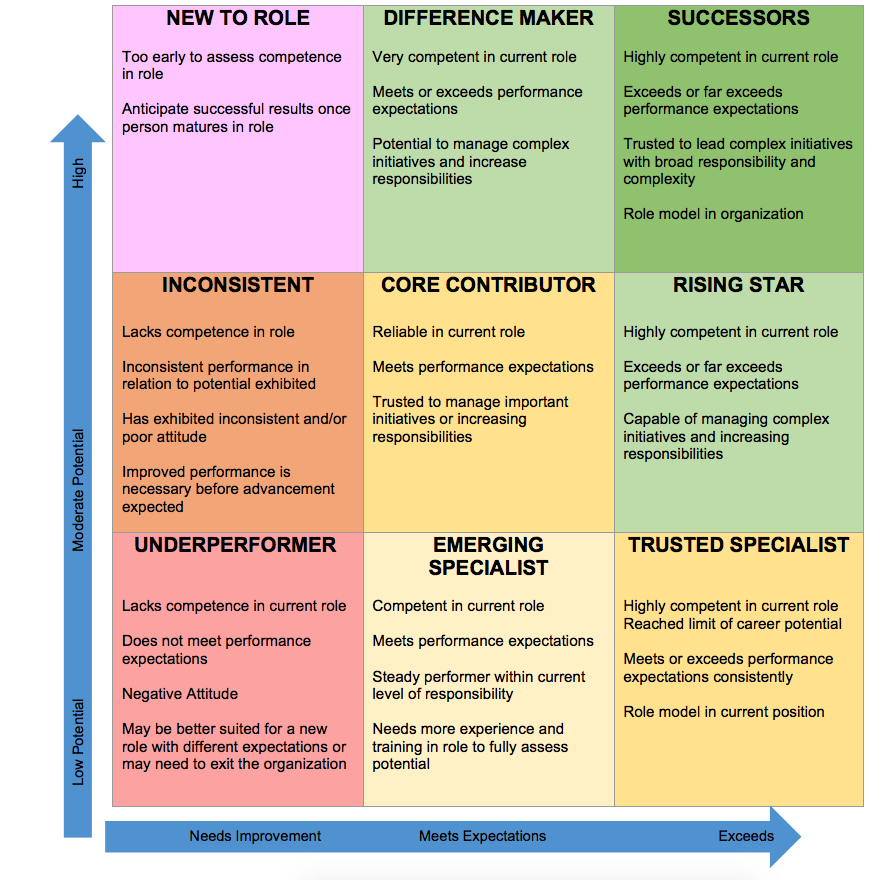How to Grow Your Bench of Next-Generation Leaders

Here's a lesson that most Small Giants leaders have learned at one point or another: the future success of your organization depends on your next-level leadership. Sustainable growth is achieved by having a deep bench of internal talent that is prepared to step up and lead.
Reflect on your organization’s culture of learning. Is your company built to support employee development? Does your business exist to cultivate and grow your people?
At GL group, training and development is top priority. A family of companies, GL group has three divisions and 240 employees — all of whom have access to training and development that helps them achieve their goals and grow their careers. GL group’s approach to training and development proves that with the right systems in place, your people — and your business — will reach new heights.
What does an effective leadership development program look like? Let’s take a look at GL group’s culture of learning.
People Planning Process
The People Planning Process is GL group’s approach to succession planning to build potential future leadership. People Planning is a way for leaders to talk about talent at all levels of the organization, identify where each employee is performing, and look at their future potential.
Because of the People Planning Process, employees always know where their performance stands and how they can grow. People Planning is a formal process that takes place three times a year so that talent development is always an ongoing conversation. People Planning also helps identify high-potential employees and funnel them into GL group’s internal leadership development programs, Master the 7 and the Emergent Leaders Program, which you’ll learn about in the next section.
As you grow and develop your company, you’ll need a bench of talent ready to step in. Here’s how People Planning helps:
Step 1: 9-box succession planning.
9-Box succession planning is a popular HR tool for evaluating employee performance — but while many companies use it to cut out the bottom 10 percent, GL group uses it to identify up-and-coming employees. The 9-box grid is simple enough: the x-axis maps employee performance while the y-axis represents employee potential. You place each employee in the grid that most accurately reflects their combination of performance and potential.
At GL group, the 9-box grid is just the beginning of the conversation. GL group uses the 9-box grid as a framework to help leaders be consistent with how they assess employees on their teams as well as organizationally. The process gets all leaders in the same room to weigh in and ask questions so that they get a clearer picture of not only the true talent of their teams, but also the ability of company leaders to assess work, manage performance, and grow talent.
Step 2: One-on-ones.
From there, leaders reach an agreement on where each employee can grow and the areas of development that they should begin to plan for. For high-performing and high-potential employees, they identify challenging new opportunities that will keep them engaged as they work towards that next opportunity. Then it’s time to sit down with each employee one-on-one.
During one-on-ones, leaders are encouraged to share the 9-box exercise and talk with employees about where they see themselves and where they want to be. The conversation creates transparency around performance and helps address pain points before they become a problem.
Step 3: Professional development plans.
The People Planning Process is also a tool for identifying employees who need extra support. When an employee’s performance is not where it should be, their supervisor sits down with them to put together a professional development plan (PDPs).
GL group’s PDPs take a more structured approach to employee development, documenting short-term and long-term goals, the steps they’ll take to get there, and deadlines. Often, the process helps uncover the root cause of an underperforming employee — maybe their role isn’t challenging them or their workload is overwhelming. PDPs document and articulate their current performance and their action plan so that there are no surprises down the road.
‘Master the 7’ Leadership Training
Master the 7 is a program designed to teach new managers and future leaders the seven aspects of management and leadership that GL group has identified as key to a manager's success within the organization. Newly-promoted and newly-hired leaders participate in weekly Master the 7 courses at least two months prior to stepping into their leadership role.
GL group created the Master the 7 program nine years ago during a time of rapid growth. As they promoted more team members into leadership roles, they found that many were struggling with their new responsibilities — even though they were qualified and capable leaders. It prompted them to take a closer look at what it takes to succeed as a manager and what leadership means at GL group. As a result, the Master the 7 program was born, providing rising leaders with a toolkit to support their success in their new role.
For a closer look at Master the 7, let’s break down how the program works:
Who participates?
The Master the 7 program is for newly-promoted or newly-hired team members who will have direct reports. It’s also for team members who are identified as high-potential, future leaders during the People Planning Process. Cohorts of team members move through the program together for two months of weekly classes. Classes are led by company leaders — the CFO teaches on finances, the HR Director teaches performance reviews.
What is taught?
As the name promises, Master the 7 is designed around seven key areas that GL group has identified as critical to a manager’s success. Every week, the curriculum focuses on one of the seven topics, complete with homework, quizzes, and team exercises. The program is bookended by knowledge tests to track what they know coming in and where they still need support. Each cohort learns everything from how to forecast P&L lines to mastering the visioning process.
Here are the 7 teaching topics:
- Financial Literacy
- Visioning
- Leadership Excellence and Discovery
- Active Listening
- Development and Assessing Talent
- Compensation Philosophy
- Leadership Matters
Why is it effective?
Master the 7 builds an additional layer of support for rising leaders to give them a better shot at success. It also gives senior leaders a comprehensive snapshot of what each individual will be like as a leader — over the course of seven weeks, they learn where leaders shine and where they struggle. As a result, the company can plan how to support each team member before they even start their new role.




.png)
Submit Your Comment